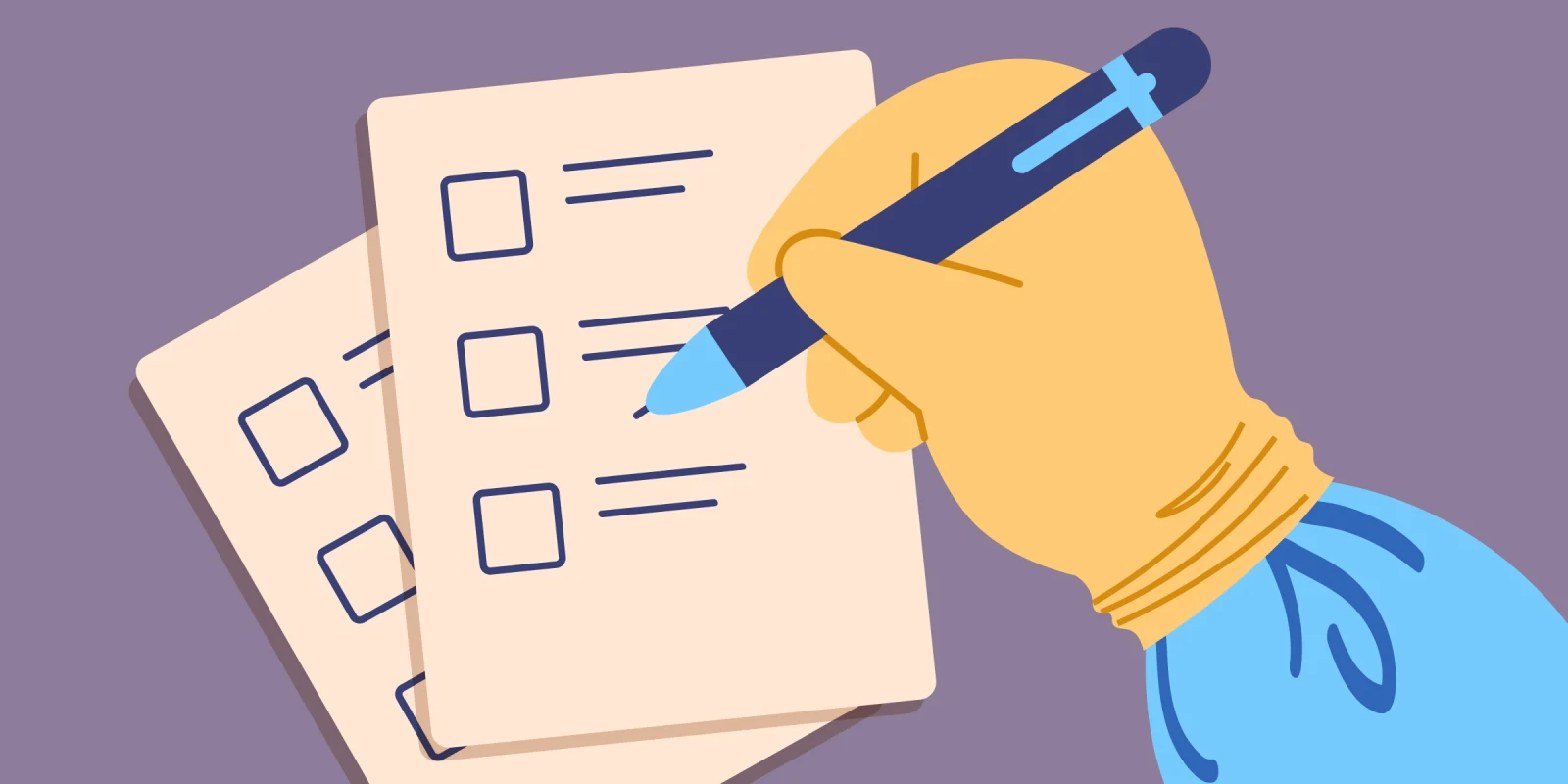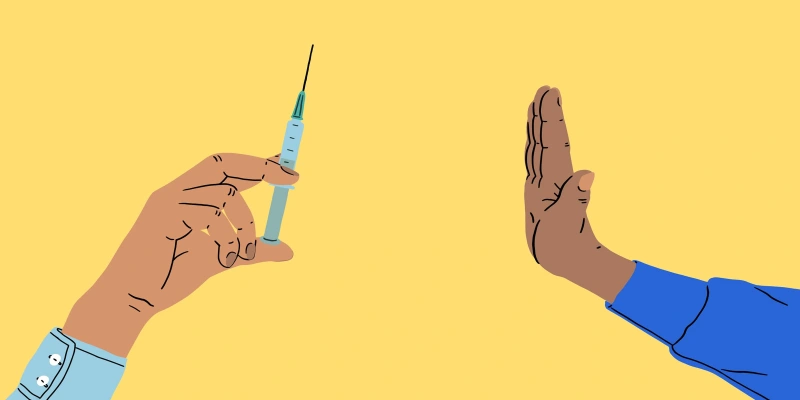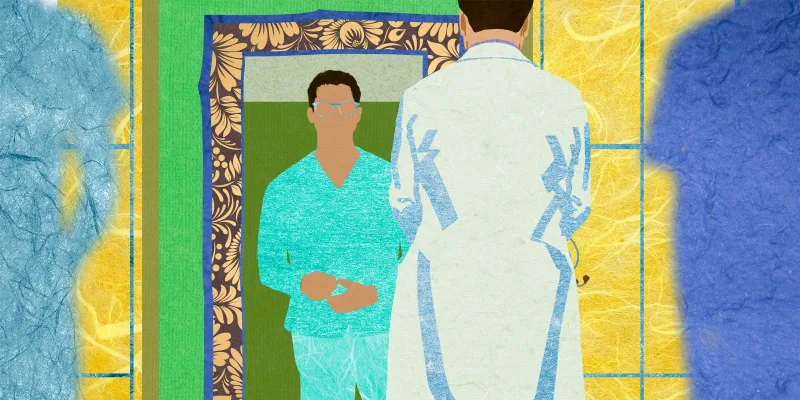Disclosure: Researching and writing about this topic has served as a kind of therapy for me. I found myself in need of such therapy because recently I realized that I was tip toeing closer and closer toward a bad place. This bad place is the mental state where you start to bristle at the thought of checklists and huddles and time-outs and debriefs — and here’s a secret, they’re all checklists by different names. I even found myself wondering if safety culture could ever make things less safe. No one wants to be in this bad place, if for no other reason than it means you likely remember a time before checklists. And that means, well, you are old. After all, grumbling about checklists can seem like the modern doctor equivalent of “get off my lawn.”
In 2009, the results of the WHO’s Safer Surgery Saves Lives study was published, showing a significant decrease in surgical complications and deaths after the implementation of a 19-item surgical checklist. Since then, checklists have transformed and multiplied to become constant companions in our daily clinical lives. However, for any of us who have ever silently, or not so silently, groaned at the idea of another huddle or checklist, we should know we are not alone. Studies have shown that surgeons often put up the most resistance to preoperative checklists. What’s more, poor surgeon compliance is often cited as the reason why surgical checklists haven’t lived up to their expected potential in subsequent studies.
A patient’s surgeon is often the only one in the OR who already knows the patient and the one who will see them afterward. The surgeon will report how surgery went to the family and will ultimately be responsible if things go poorly. So why would the surgeon be the one most likely to balk at a tool designed to improve patient safety? Perhaps this indicates that something needs to change with either the surgeons or the checklists. We have tried to change surgeons by encouraging, cajoling, and reporting them, and now, with black box technology, even videoing surgeries in order to catch noncompliers in the act. It seems we have done everything except perhaps ask the surgeons what their objections are.
The thing is, when I stopped trying to suppress my negative feelings about checklists, I was able to lean in and consider what hid behind my emotions. Why do they bother me? I like safety. Why could I not stop wondering: Can all this be working against us? Can safety culture ever make us less safe? Maybe the answer to that question is obvious to everyone else practicing medicine today, but here it is: Yes.
Safety culture can make medicine less safe when it delays care. For scheduled, nonemergent surgeries, doing a five-minute huddle before your case and a one to two-minute time out after anesthesia is not going to affect care in a significant way, so the trade-off should be worth it. However, in labor and delivery or other emergency settings, time works differently. Minutes of delay can have real consequences. And the OR time out feels a lot different, mainly bad, when your patient is awake and it’s eating into your spinal anesthesia time.
One of the goals of checklists is to create a culture of psychological safety, thus allowing people to speak up when they notice problems. However, the culture can become so strong that it can feel psychologically unsafe to stop and say, “No, we don’t have time to do this huddle, we need to go/operate/move now.” If the shift always starts with safety rounds, it can be hard to say it’s not safe to do this right now because something else is more important and more urgent. And standing up that way can be especially difficult when you are new to the team, young, or have a generous dose of impostor syndrome.
Delaying care is clearly the biggest potential downside to safety checklists. But I wonder, if we ask people why they don’t like checklists, whether we might find out there are other legitimate complaints as well. Like that they don’t always apply to a surgeon's specific procedure. This is probably a me problem, but why do I need to go over questions like “Is imaging in the room?” and “Is the site marked?” in order to do a C-section? We never have imaging in the room, and although I obsess over marking the incision because I’m just that way, I’m pretty sure site marking in the context of a time out is to avoid wrong-side surgery and not necessary for a C-section. Indeed, research supports the idea that to be successful, checklists need to accurately reflect the needs of the people doing the procedures. In the Keystone ICU project, leaders encouraged ICU teams to make the checklist “local,” and this individualization is credited in part as the driver for their success in decreasing infections. Having a checklist so clearly inapplicable makes it seem silly and, as minutes tick by, more and more annoying. Doing something that seems silly may even cause people to “check out” of the checklist and risk overlooking actual safety concerns.
Similarly, we cannot allow the medical care checklist to overshadow the actual care. For example, it’s more important to place and activate a patient’s sequential compression device (SCD) boots than it is to recite that it has been done from the checklist. A hallmark of a good checklist, as opposed to one that is performative, is that it “indicates task possession.” The more I thought about checklists, the more I realized we all say yes to SCDs being “on and activated” without actually knowing if the on button was pushed.
Medicine has transformed from a hierarchical model to one of collaboration, and this is good. We say modern medicine is a team sport and tools like checklists help us work as a team. But football is also a team sport. And even as a very casual fan, it seems to me that when the season tanks, it’s the head coach who gets fired. I think we know what the corollary of this analogy is in medicine.
So where has my mini-therapy trip into safety checklists taken me? One, I remembered and relearned that these interventions truly can improve patient care and that maybe we just need to make them more local and sensical in order for them to truly help us. Until then, we have reason to find them annoying.
I also realized that my nagging discomfort was correct. They can pose harm if we let them delay or distract from care. I will be more empowered to make sure that I don’t allow this to happen instead of worrying that I’m just being grumpy and oppositional. I now think that in an ideal world, every safety time out, team rounding session, etc. would first start with the question, “Is it safe to do this now?”
The head coach analogy also somehow helps me. It’s a team, but sometimes you have to take the lead and break up the huddle, because in the end, it’s going to be on you. And lastly, as always, it’s good to learn I’m not alone. For anyone who has experienced similar moments of questioning, I recommend doing an online search for “checklist fatigue” (not to be confused with “fatigue checklist,” although that might be helpful too). If you’re like me, it’ll make you feel better.
What impact have safety checklists had on your work? Share your experiences below.
Dr. Jennifer Boyle is an ob/gyn who lives with in Boston, MA with her husband and her three teenage children. In her free time, she runs, reads, and bonds with her labradoodle, Teddie. Dr. Boyle was a 2022–2023 Doximity Op-Med Fellow, and continues as a 2023–2024 Doximity Op-Med Fellow.
Image by GoodStudio / Shutterstock







